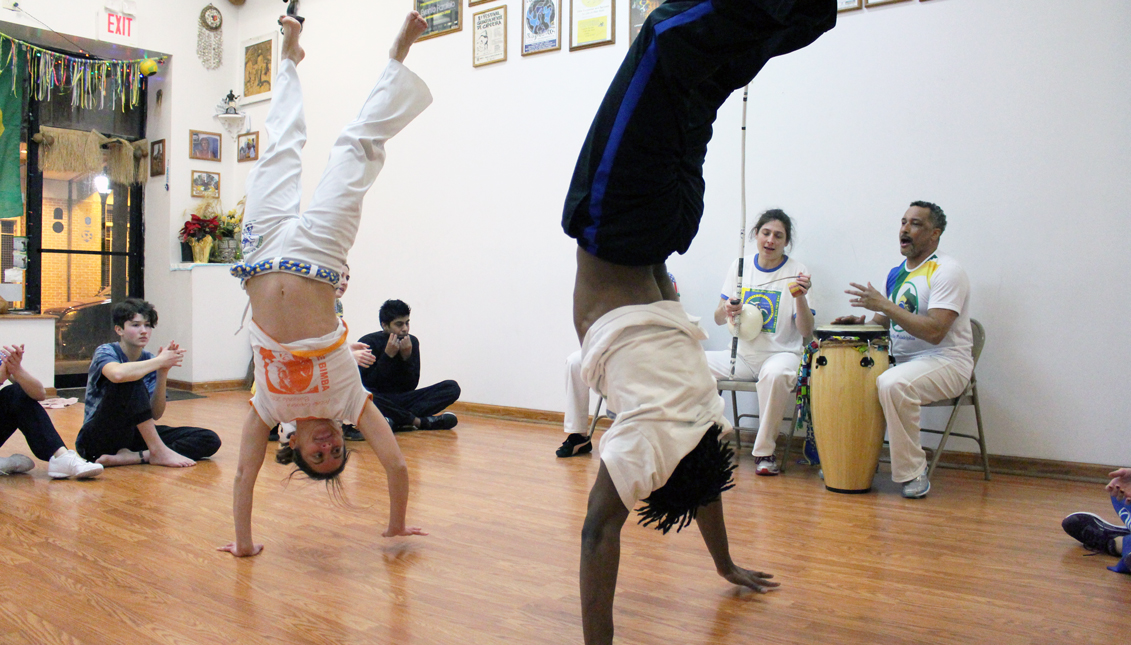
Discovering Brazil in Philadelphia
Mainly living in the northeast, the brazilian community in Philadelphia has strong roots. Although the members tend to keep to themselves, it’s story is part…
It didn’t take long for Atner Maia to get settled into life in Philadelphia. He left Belo Horizonte, Brazil, after finishing college. He found a job, made connections and began living in comfort relatively quickly.
“We came here looking for opportunities,” he said. “For work really. The situation in Brazil right now is not very good. The economy is weak and the government is not the best right now. So I came here and I got a lot of help of all the Brazilians already living here.”
The city is home to a strong Brazilian community living primarily in the Northeast. Maia said it was this Brazilian presence that helped make his transition to the States even easier.
“The Brazilians who live in Northeast are very friendly and everybody helps each other out,” said Maia. “I speak English but here in the community, you can pretty much get around speaking nothing but Portuguese. There are Brazilian stores and supermarkets and of course restaurants.”
However, the community tends to keep to itself. Adenilson Dos Santos, another Brazilian in Philadelphia, said it’s a closed group, but will be very open amongst themselves.
“They are comfortable where they are and who they are with,” he said. “It’s a safe space. They don’t really want to go outside of their community.”
Maia agreed with Dos Santos.
“Here the Brazilians are united but amongst themselves,” he said. “If you are looking for a job, they were help you find one. There are a lot of people who can help you.”
Both also agreed that the Brazilian community tends to get overlooked by the much larger Latino community when in fact, the communities have very similar stories.
“We are dealing with the same problems and issues,” said Dos Santos.
A Comida
Food was my introduction to Brazilian Philadelphia.
“Brazilian businesspeople saw an open market,” said Maia. “There weren’t a lot of restaurants offering what Brazilian food has. I think that is why they have been so successful.”
Most Philadelphians go right to Fogo de Chao and Chima when they think of Brazilian food. These upscale eateries located in Center City have taken the humble origins of the Brazilian rodizio and turned them into a pretty successful business model. However, I have always heard talk of a few hidden gems out in Northeast Philadelphia. Those in the know, would swear by these smaller more family-oriented venues.
I had the opportunity to visit Brazil in 2014 for the FIFA World Cup, and it was an experience I won’t forget any time soon. Outside of the 24-7 celebration of the beautiful game that is the World Cup soccer, the most memorable experiences were walking through the different neighborhoods of São Paulo, where I was staying, and searching for the local food.
I still remember sitting down in an open-air restaurant near the Avenida Paulista on a Saturday afternoon. It was a nice day so people were outside talking and dancing. It was very lively considering that I was there during a Brazilian winter. My extended family and I were sitting down to eat feijoada and drinking caipirinhas, the national cocktail of Brazil. Feijoada is brazilian stew of black beans, rice and pork. If you ask any Brazilian about their gastronomy, they will almost always answer that feijoada is a cornerstone.
Equally as important to Brazilian cuisine is meat. It was uncanny how almost every Brazilian I talked to would tell me, “Brazilians love meat.” Flat out. There was very little room for negotiation. This is where the churrascaria comes in — the Brazilian steakhouse concept (à la Fogo/Chima) that has become very popular in the United States in the last decade.

For the uninitiated, these restaurants serve traditional meat cuts, chicken and pork in the Brazilian style. Marinated and seasoned, the meats are cooked over wood or charcoal fire. In some restaurants, the food is served by roaming waiters carrying with them skewers of meats. They come to your table serve you again and again until you feel as if you’ve eaten more than you could ever need.
Your lifeline: a tiny sign that you can flip to either say “Bring on the meat” or “Please, just stop.”
Bate-Papo
The common thread between churrascaria, feijoada and pretty much any Brazilian meal, is that eating is a social gathering. I’m told it varies by region, but for the most part if a Brazilian family invites you to their table, expect to be eating and talking for an extended period of time. This idea of “long-term dining” lends itself with the cultural custom of the churrascaria. Families gather around the table for hours at a time and will eat and eat and eat.
“Brazilians love to be with family,” said Carlos Ferreira, a budding restaurateur in the Philadelphia region. “And one of the most common family activities in Brazil is to eat. In those moments that we are together and eating, that is when we share our stories. But that is why we take so long to eat, because we love to talk and be with our families.”

Ferreira speaks to me in Portuguese while behind us, kids are practicing Capoeira at the busy Project Capoeira studio on Race Street. There, a group of Brazilians and I sit around a table drinking some Guarana soda and enjoy a “bate-papo,” or chat, about brazilian cuisine and culture.
“You’re there for a long time, so by the time you talk and talk and talk, you get hungry again,” said Thebora Parsons, who is sitting next to Ferreira. “So you want the food to keep and keep coming to the table."
Parsons is a long-time Brazilian expat. She and Ferreira are opening their own Brazilian restaurant in Media, Brazuca. Ferreira has culinary experience from when he lived in São Paulo.
“Our hope is to feature a dish from every state in Brazil,” said Ferreira. “There are many influences in Brazilian food.”
German, Italian, Portuguese, Arab — the list is quite extensive. The budding restauranteurs plan to showcase all of what brazilian food culture has to offer, without forgetting the main staples of course.
“There isn’t a time when a friend or family comes over to my house and asks me for the brazilian barbeque,” said Parsons. “At Brazuca we are going to stay as authentic as possible. We’re going to get a grill and equipment from Brazil. But what I see is opening up culture to everyone.”
Parsons said Brazuca will also strong feature brazilian culture. Samba, soccer, dancing, it’s all going to be there.
“They’re going to get more than just a taste,” she said.
Expect Brazuca to open in March.
Casa Brazil
“I’ve lived here for 30 years, before Chima and Fogo were even there,” said Parsons. “Back then you only really had the little tiny ones up in Northeast. I think that so many brazilians are trying to have a better life, because the situation back in Brazil is not the best right now. So they come to the U.S. to look for a better life and what do you do for money? Many cook. That’s what they know to do and they do it well.”
Most of the Brazilian businesses can be found along Castor Avenue. “Lanchonetes” and “mercados” can be seen along the road many saying “falamos Português.”
In my search for Brazilian churrasco I went off of recommendations, but a quick Yelp search will also yield some decent results. Most of them will be along Castor Ave, but there are plenty around.

My first stop was actually on Bustleton Avenue. Casa Brazil Barbeque.
Owned by Linalva Coelho, Casa Brazil had its origins in Connecticut. When Coelho first came to the States, almost 20 years ago, Coelho’s family began selling Marmitas, plates of rice, beans, meat and sides.
“They saw that there was a large Brazilian community in Connecticut, but there weren’t any Brazilian restaurants or even Latino restaurants at that time,” said Adriana Bastardo, manager at Casa Brazil. “That business grew from a homemade venture to a semi-restuarant. Eventually that evolved into a buffet style churrascaria presentation which is what you have at Casa Brazil today.”
Casa Brazil opened 7 years ago after the owner moved to Philadelphia. The restaurant features an all-you-can-eat buffet as well as a rodizio style service.
“The business has evolved over the years,” said Bastardo. “It was originally just a buffet but as churrasco became even more popular, we’ve grown.”
Originally, the restaurant only saw families of Brazilians who would come to eat. Large family groups which, Bastardo said, liked having a place to enjoy a good meal.
“Eventually our clientele began to change,” she said. “We began to see more Latinos and even Americans who wanted to try something new and different. We began to mix up our buffet and our choices too.”
The business was profitable enough to open a second location in Newark, N.J. two years ago and there two new locations opening this year in Hillside, N.J. and New Haven, Conn. The restaurant will rebrand itself and change it’s name to Taste of Brazil.
“The churrasco they make here is a unique recipe which comes from the south of Brazil,” said Bastardo. “It’s the unique flavors that attracts so many people I think. It really gets the attention of the Brazilians who come in of course because it’s what they know.”

Picanha Grill
I also visited Picanha Brazilian Steakhouse on Castor Avenue. The restaurant was the brainchild of Amabilis Silva and her sister. They purchased the restaurant from the previous owner in 2005 and expanded upon it. It now features churrasco and a buffet with a variety of Brazilian dishes.
Danielly Miranda, Silva’s daughter gave a different picture of the Brazilian community.
“When we first got here, the community I feel was actually more Brazilian that it is now,” she said. “The community here is not as big as when we first opened. People went back when the economy started getting bad here.”
As such, Miranda said Picanha has started to see more customers come from outside the community. This is similar to what was seen happening at Casa Brazil, but Miranda believes it is for a different reason.
“We still see our traditional customers,” she said. “You know Brazilians still have the tradition of getting together and eating a big meal on Sunday but it is definitely not as much as it used to be.”
Its growing again though, said Miranda. She thinks people are returning because they got used to living in the States.
“It’s hard,” she said. “You can’t just get used to how life is back there after living here for so long. I think you’ll see more of them come back.”
Bate-Papo Parte Dois
Back at the capoeira studio on Race Street, my conversation with Dos Santos, better known as Mestre Doutor, turns serious.
Dos Santos is the primary instructor at Project Capoeira, he’s also the executive director of the Brazilian Day Philadelphia, an event which celebrates Brazilian Independence Day. As such, Dos Santos interacts frequently the community.
“There are probably about 48,000 Brazilians in Philadelphia, most of them are from Minas Gerais,” said Dos Santos. “What we try to do with Brazilian Day here is to bring out all those people.”

They get crowds of up to 8,000 people at the event. Many of them come from outside Philadelphia. Dos Santos said he wish more of Philadelphia Brazilians would come out, but that it’s harder than it sounds. Many of them are undocumented, he said.
“They are scared, like any other immigrant community," said Dos Santos. "They are scared of coming to Center City or leaving their community.”
Dos Santos said Brazilians came for work. Working in construction, salons, restaurants. They come through Mexico or they come through the Caribbean.
“They make their money and then help bring over the rest of their family or maybe their friends,” he said. “The cycle just keeps going and going and the community grows and grows. It’s much better here than it is in Brazil. Even with the immigration situation here, it’s worth coming here to work.”
Outside of being the “master” of capoeira in Philadelphia, Dos Santos also works as a sort-of cultural ambassador of the Brazilian community in the city.
“We try to help out whenever we can,” he said. “With the raids and everything, people are scared to even come to Center City, so many times we have to go up there. However, I always have offered this space as a place for people to meet and get the services that they need. For example, I coordinated one time with the Brazilian consulate in New York to do passport renewals and stuff like that.”
Right now, the plan Dos Santos said is to help build the community. With the consulate in New York, Dos Santos is trying to help many Brazilians complete basic education, something many left unfinished when they left their country.
“With education, you can get a better job and with a better job you can have a better opportunity to get a green card,” he said. “We bring lawyers too, we need to help educate Brazilians in what they have to do in terms of immigration and sometimes even healthcare. The main issue is they don’t know what to do. They have very little information.”
In the meantime, Dos Santos tries to keep Brazilian culture alive in Philadelphia. Through Project Capoeira and the huge celebration that is Brazilian Day Philadelphia, he wants to make sure the future generations remember where they from.
“Yes we work with the community, but always the culture first. You know when many left Brazil, they left a lot back there,” he said. “That includes our music and culture. The younger generation doesn’t have the same exposure I had or any of us older people had. We want to make sure that nobody loses that.”


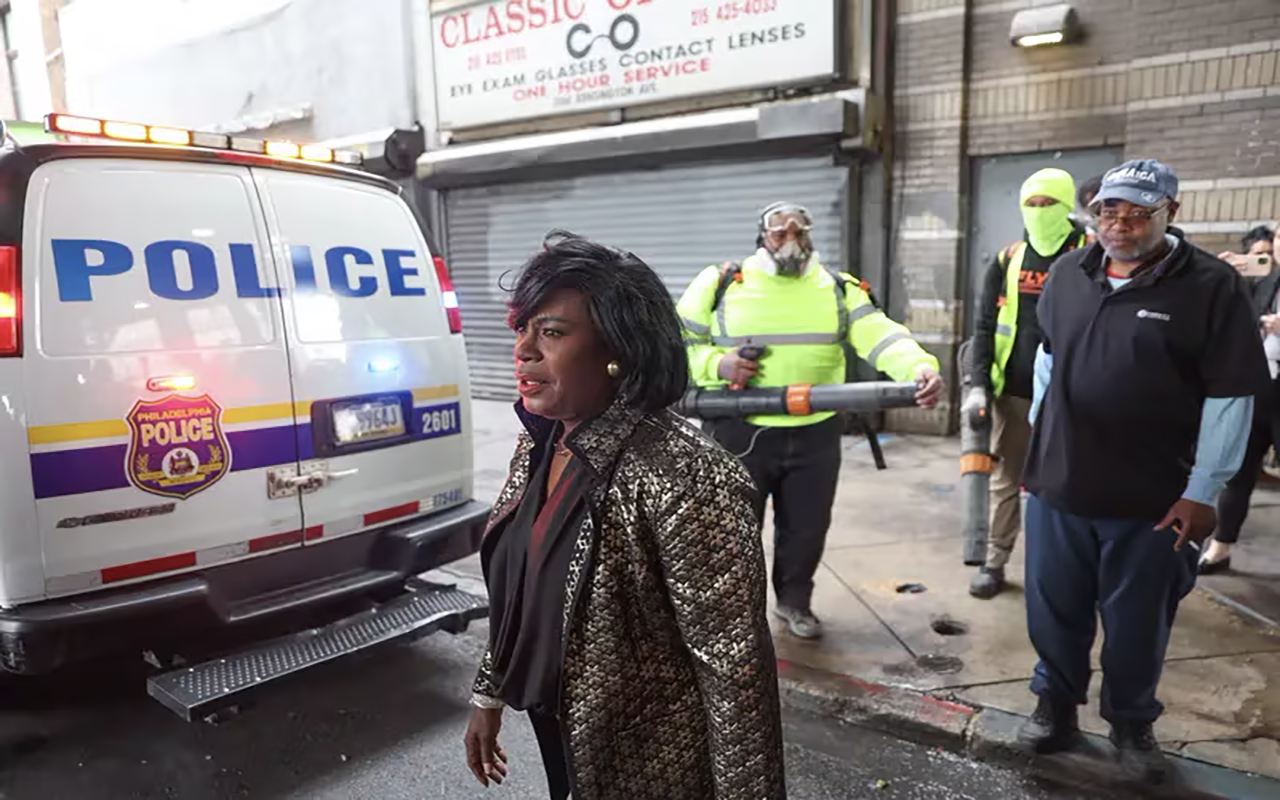


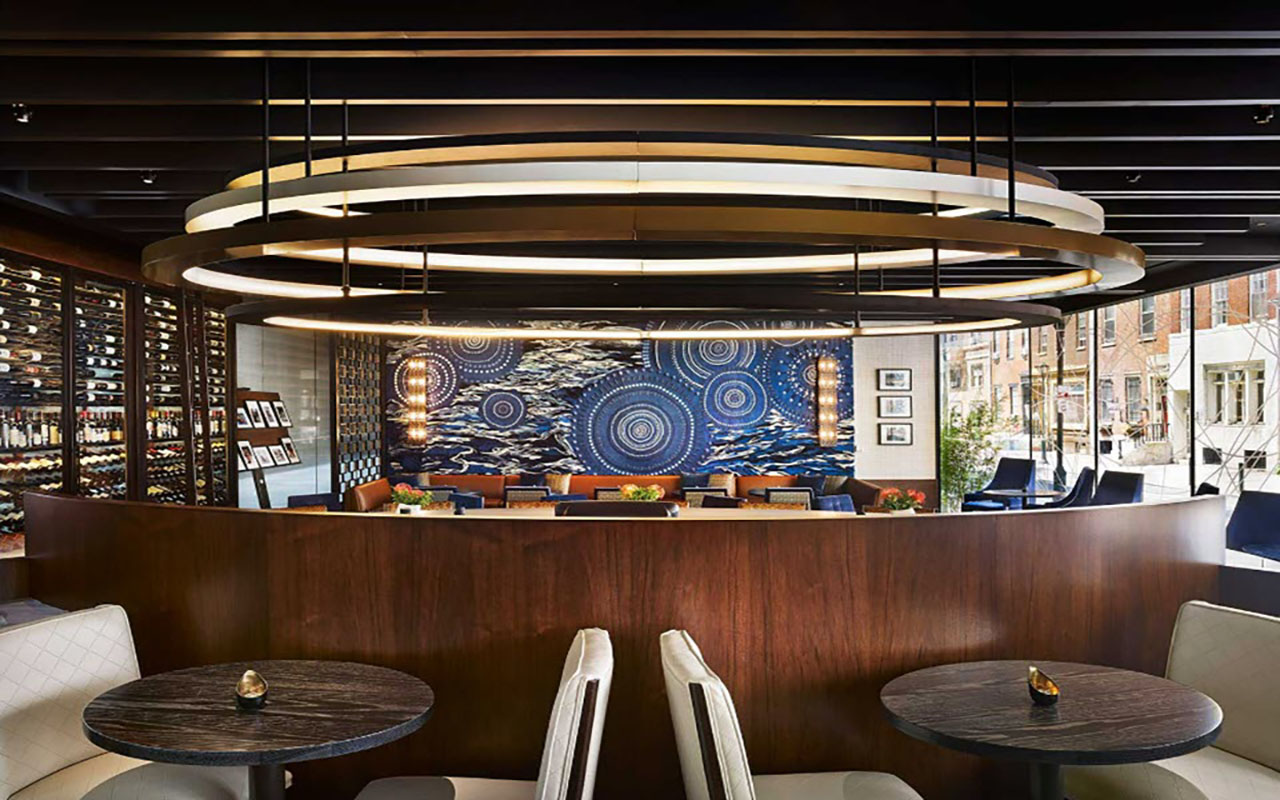
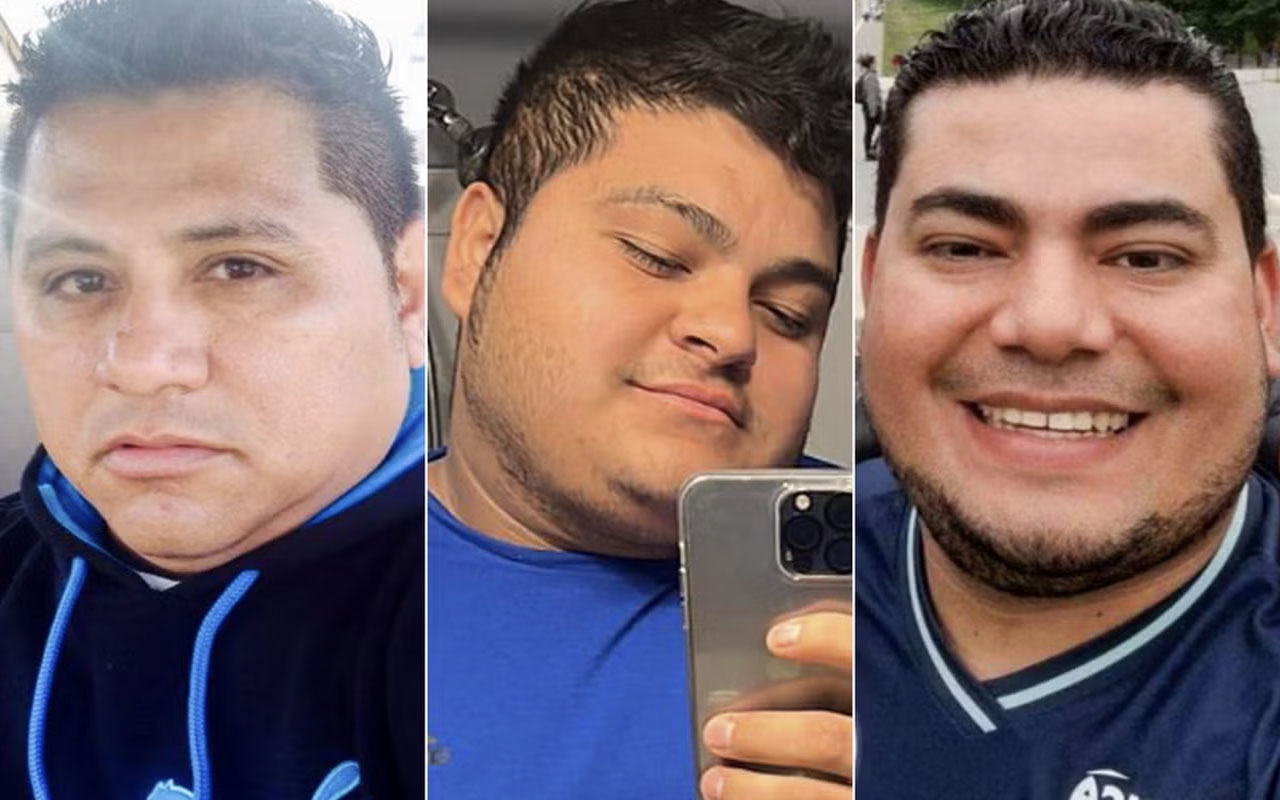
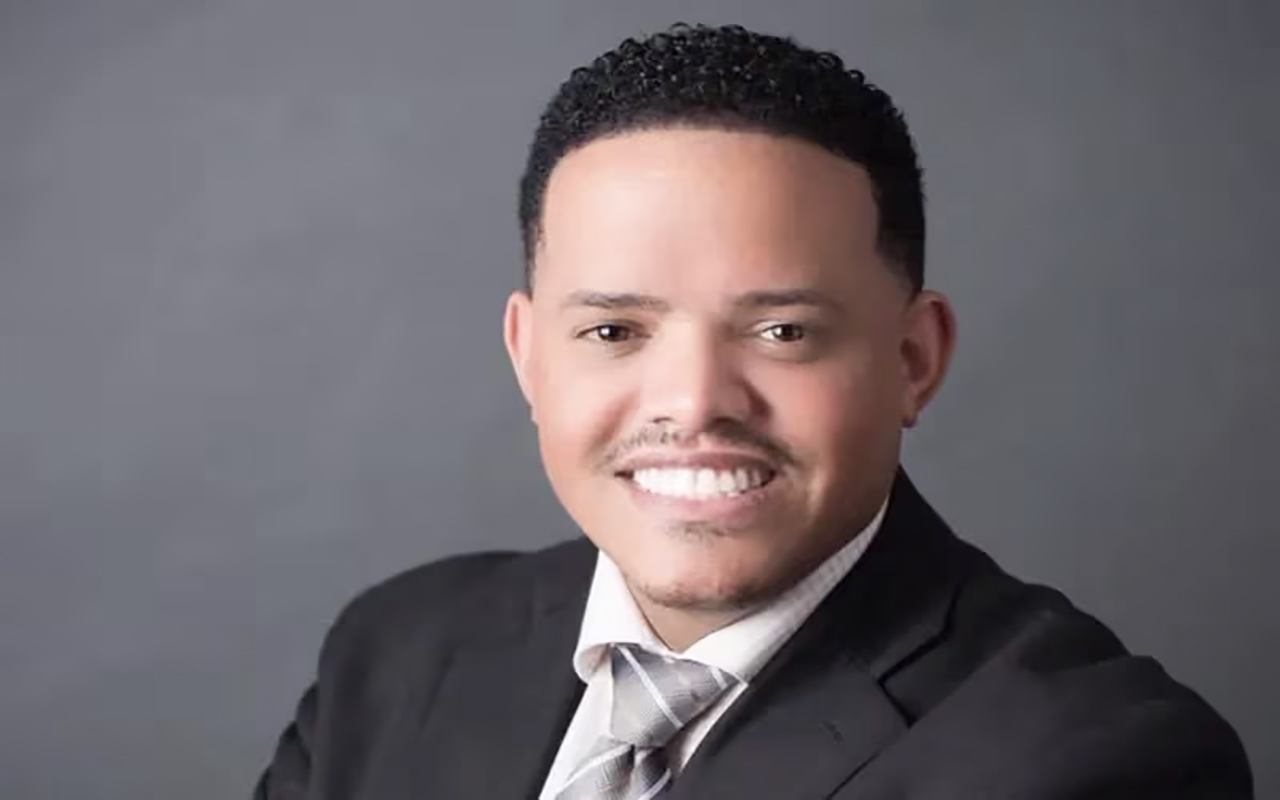
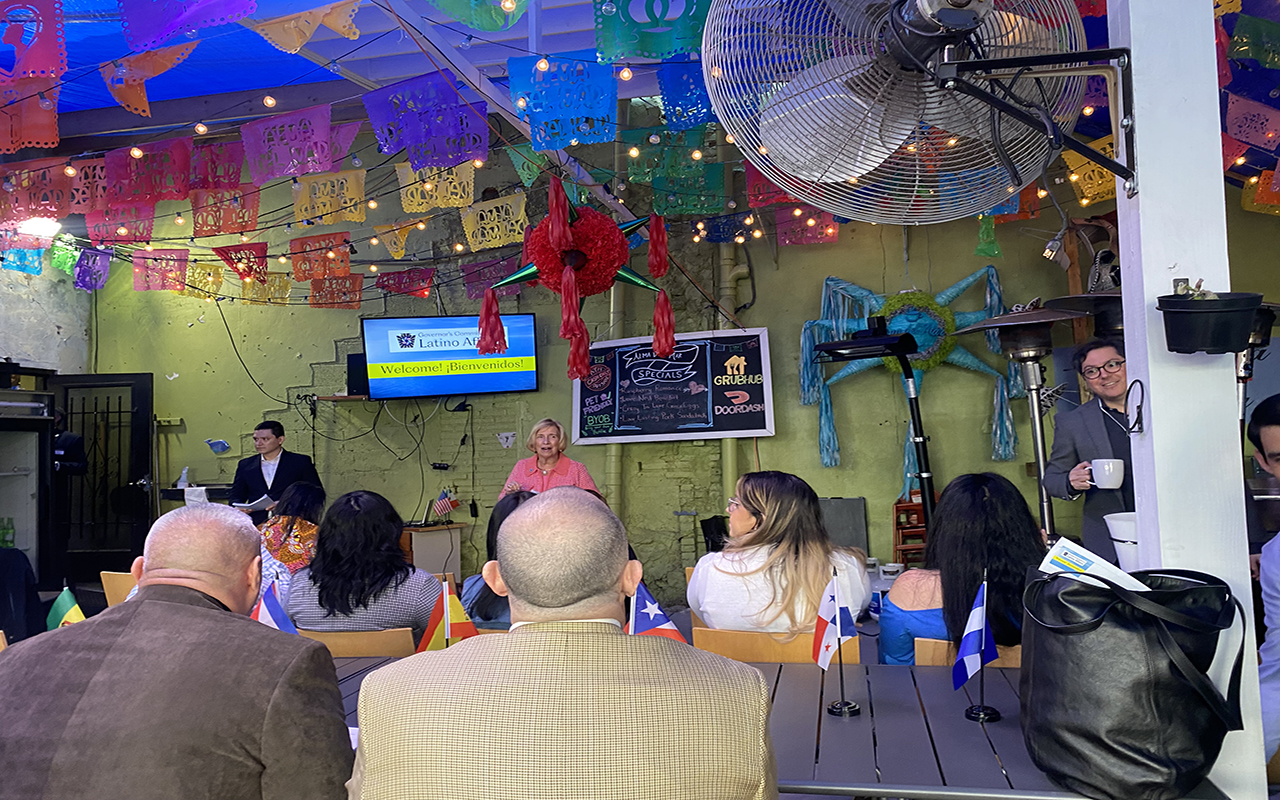


LEAVE A COMMENT:
Join the discussion! Leave a comment.